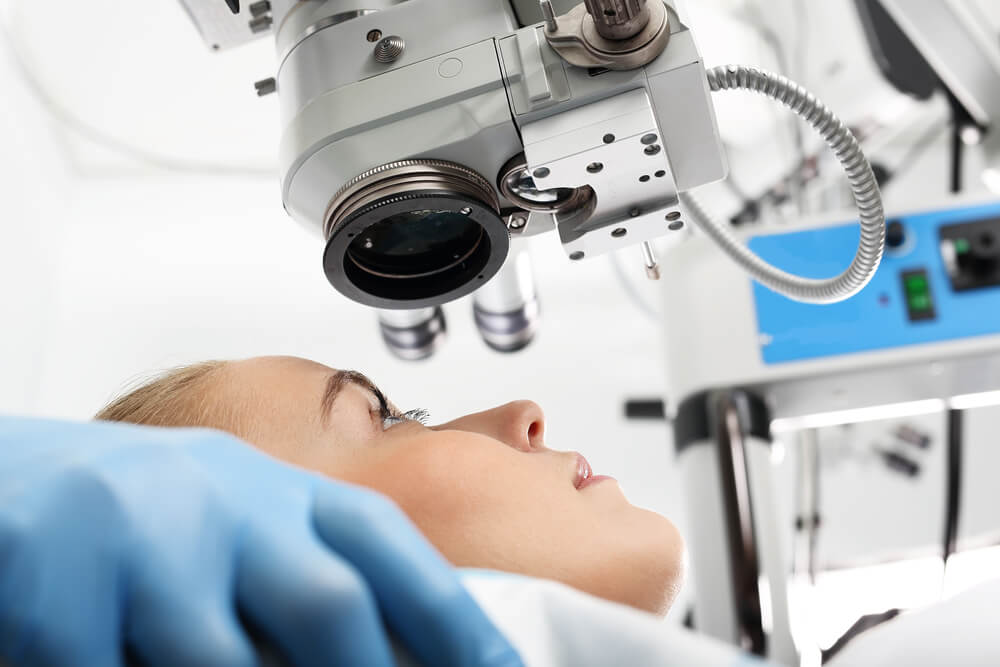Home » Know Your Options
Know Your Options
When it comes to vision correction surgery, no two eyes are alike. To help patients achieve the best results we perform not just one but a variety of different procedures to tailor the best option for you.
Typically, when people think of surgery to correct vision, they think “LASIK.”
LASIK is a truly remarkable technology. It can have a profound impact on the quality of life of patients. But some people may not be LASIK candidates. Excessively high degrees of nearsightedness, farsightedness, or astigmatism may simply be beyond what LASIK can effectively treat. Other issues such as a thin cornea, early cataract development, corneal disease or advanced dry may be reasons a person cannot have LASIK. Fortunately, there are other solutions that can be just as effective.
What is Vision-Correction Surgery?
Vision correction surgeries provide an alternative to LASIK for people who are not LASIK candidates and who want to gain greater visual freedom from glasses and contacts. Vision correction surgery is a variety of procedures including ICL, Kamra inlay, and refractive lens exchange. Each of these procedures addresses different issues that may make a patient a non-LASIK candidate.
What Are the Different Types of Vision-Correction Surgery?
ICL – Implantable Collamer Lens
A remarkable technology that is established but continues to evolve for patients who are not good candidates for LASIK is the Evo Visian ICL. ICL, which stands for implantable collamer lens, is a corrective lens that is placed inside the eye behind the iris. It is transparent and not visible to anyone looking at your eyes. The Visian ICL is manufactured by Staar surgical.
The ICL is made from collagen and synthetic polymer. It is very gentle and well-tolerated by the eye. It first gained FDA approval in about 2005 and is currently on its third generation and most recently has been FDA approved for the correction of astigmatism as well as nearsightedness. It has also been adopted by the US military as an alternative to LASIK.
The ICL can treat moderate to severe degrees of myopia well beyond the upper limits of what LASIK is capable of treating. It is also ideal for patients who have moderate to severe dry eye problems as it usually has a very mild impact on dry eye. Vision recovery is usually very rapid after ICL placement – usually within 24 to 48 hours after surgery. Vision outcomes are comparable to LASIK. ICL also has the advantage that it can be removed if new technology develops in the future.
As with any medical procedure there are also risks inherent to ICL placement. ICL surgery is more invasive than LASIK. A small subset of patients (<3%) can develop cataract, acute glaucoma and corneal clouding after surgery. Because it is a medical device patients also need annual follow-up to ensure that they have continued good eye health after surgery.
To learn more about ICL, click on the link below, or call Sun Laser Vision Center to schedule your free screening exam.
Refractive Lens Exchange
For patients with very high degrees of nearsightedness or farsightedness or for patients with some early cataract development and who are age 50 and above, refractive lens exchange is a surgical option that can improve distance vision without glasses and can even help restore near vision. Using new technology lens implants, distance, intermediate and near vision can be simultaneously in focus.
Refractive lens exchange is performed much like cataract surgery by removing the natural lens of the eye and replacing it with a new lens implant which has the correct strength to properly focus your vision. Using multifocal designs, your near and intermediate vision as well as astigmatism can also be treated at the same time.
We are using the latest in lens implant technology including the Panoptix trifocal IOL, Vivity progressive IOL and Eyehance multifocal IOL from Alcon Labs and Johnson & Johnson Vision. Patient satisfaction rates while not perfect with these lenses are very high with most patients satisfied or very satisfied with their vision after surgery.
For patients over 50 with mild cataracts (to the degree they are not impairing vision with glasses), refractive lens exchange is often the better alternative to LASIK because it has all of the visual benefits of LASIK and more but eliminates the need for cataract surgery later in life. In this way refractive lens exchange lowers cost and reduces overall surgical risk.
To learn more about refractive lens exchange and the latest in IOL technology, click on the links below or contact us at Sun Laser Vision Center to schedule your free screening.








